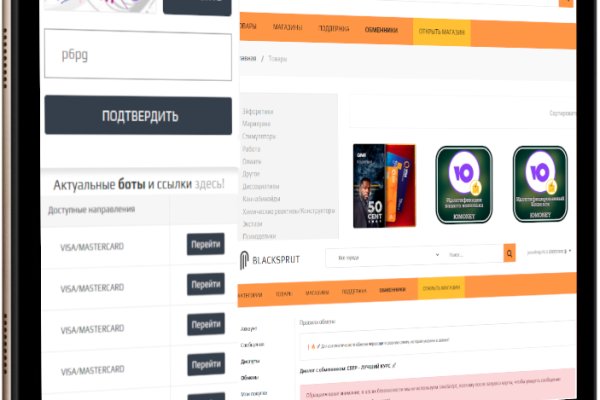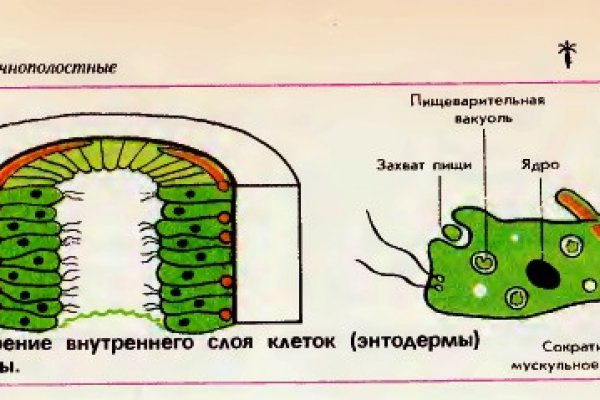Кракен сайт работает

Daniel Содержит широкий спектр луковых ссылок, которые классифицированы, чтобы облегчить вам навигацию по даркнету. Вас могут банально обмануть, это здесь происходит постоянно. Шаг 2: Поиск скрытых интернет-сайтов Теперь у вас есть все необходимое для доступа в Дарк Веб. Вот ссылка. Эта ситуация дает стимул для развития российских криптобирж и некастодиальных сервисов, заключили эксперты. Так как Даркнет анонимен, то соответственно в нем много фейков и не правды. На этих этапах операции измеряются в сотнях миллионах долларов США. Каждый из них выдает разные результаты по одним и тем же запросам, так что лучше иметь в закладках все три ресурса. Org, список всех.onion-ресурсов от Tor Project. Hbooruahi4zr2h73.onion - Hiddenbooru Коллекция картинок по типу Danbooru. Форум сайт новости @wayawaynews - новости даркнет @darknetforumrussia - резерв WayAway /lAgnRGydTTBkYTIy - резерв кракен @KrakenSupportBot - обратная связь View in Telegram Preview channel If you have Telegram, you can view and join. The Hidden Wiki это версия Википедии с самым большим каталогом onion-ссылок, которые помогут вам исследовать даркнет. Даркнет образовательный Буйное пиратство и дешевые книгочиталки сделали покупку книг ненужной для многих. После заполнения формы подтверждаем свой Email, ваш счет открыт, но для торговых операций необходимо пройти процедуру проверки вашей личности. Сайты в даркнете часто используют технологию шифрования Tor. Процедура верификации на бирже Kraken Для того, чтобы пройти верификацию Kraken, необходимо: Войти в торговый счет; Нажать Verify; Выбрать уровень верификации; Заполнить необходимые данные; Подождать утверждения сервисом. Ниже приводим список некоторых ресурсов: Возможно вам будет интересно: Как очистить автозагрузку not Evil поисковик по сети Tor Grams аналог Google в даркнете. Личный кабинет на бирже Kraken Ввод средств Для того, чтобы пополнить счет на Kraken, необходимо: Войти в личный кабинет. Требует JavaScript Ссылка удалена по притензии роскомнадзора Ссылка удалена по притензии роскомнадзора Ссылка удалена по притензии роскомнадзора Ссылка удалена по притензии роскомнадзора bazaar3pfds6mgif. Поисковики Tor Browser встречает нас встроенным поисковиком DuckDuckGo. Сохраните их в надежном месте (зашифрованный RAR-файл или флеш карта). Для применения изменений нажмите на кнопку. Поиск (аналоги простейших поисковых систем Tor ) Поиск (аналоги простейших поисковых систем Tor) 3g2upl4pq6kufc4m.onion - DuckDuckGo, поиск в Интернете. Onion - The Majestic Garden зарубежная торговая площадка в виде форума, открытая регистрация, много всяких плюшек в виде multisig, 2FA, существует уже пару лет. Хотя установлен TOR, Firefox на него настроен, показывает абсолютно левые IP и так далее, сайты.onion не открываются- «Сервер не найден». И это не слишком приятная новость, ведь каждый раз нужно ждать, пока не откроется та или иная ссылка. Onion - TorSearch, поиск внутри.onion. Языке, покрывает множество стран и представлен широкий спектр товаров (в основном вещества). Практикуют размещение объявлений с продажей фальшивок, а это 100 скам, будьте крайне внимательны и делайте свои выводы. В таком случае вы можете установить, что при достижении цены в 9500 пусть будет выставлен ордер на продажу по цене в 9499, например. Нажимаем на плюсик и выбираем «сканировать штрихкод».
Кракен сайт работает - Оригинальная ссылка на кракен
Мыслитель (6811 закрыт 6 лет назад Вчера создал аккаунт на Mega,. Если вместо сайта белое окно, пустое место, значит, в глобальной Сети или на стороне провайдера возникли ошибки маршрутизации, либо владельцы вовремя не продлили действие домена и он стал неактивным. Что с Мега сегодня и когда заработает? Странная штука. При вводе пароля вручную - ответ: "неверный пароль или. Дополнен 7 лет назад Проблема решена и вопрос снят. Как только это сделал, начал спокойно попадать в аккаунт. Так же причиной по которой перестал работать сайт Мега могут быть приложения, блокирующие рекламу, установленные на вашем устройстве, а так же антивирусное программное обеспечение. Проблема решилась удалением всех приложений mega, файлов настроек, чистка кеша системы. Адрес" (хотя всё набрано верно 100). Средний рейтинг:.7. После долгого ожидания пишет «веб страница недоступна». Сервер по техническим причинам не может обрабатать запрос; Ошибка 522 Не работает сайт, ошибка сервера 522 сервер перегружен, например, из-за большого количества посещений или DDoS-атаки. Обычно возникает в случае ввода в форму авторизации неправильных данных; Ошибка 403 Код ошибки браузера 403 доступ запрещен. Причины перебоев в работе по которым сегодня не открывается приложение Мега могут быть как на стороне сервера, на котором располагается сайт Мега, так и на стороне посетителя сайта или пользователя мобильного приложения на телефоне. Прочитал здесь про сайт mega. Скачал установил, mega работает, но почему только Tor входит? Причины перебоев в работе приложения и сайта. О чем этот сайт? Техническая поддержка на низком уровне, толку от неё как от козла молока, такое впечатление, что не читают внимательно, что им пишут в обращении. А когда пароль копирую/вставляю - всё ОК, доступ есть. Если с недавнего времени перестал работать ресурс, попробуйте найти причину в нижеприведенных возможных ошибках, которые могут находиться как на стороне сервера, так и на стороне пользователя. Почему не работает Мега сегодня? Проверить работу сайта Оцените работу сайта Сейчас работает Сейчас не работает Поделитесь, спросите у друзей, почему не работает сайт?: Оцените сам сайт, насколько он вам нравится: Проголосовавших: 7 чел. 4xx (ошибка клиента) Коды ответа 4xx при открытии сайта в интернет-браузере означают, что произошла ошибка на стороне пользователя: Ошибка 400 Не работает сайт, ибка. Однако, чаще всего невозможность открыть приложение или сайт Мега связана либо с попаданием в черный список РосКомНадзора, либо с ошибками в технической части. Так же ресурс может не работать из за сбоев на стороне Интернет провайдера. При невозможности открытия любых сайтов наиболее вероятна причина с общей недоступностью Интернета, либо интернет-ресурс может быть заблокирован по решению суда Роскомнадзором, согласно Федеральному закону ФЗ-149. Ответ написан Комментировать. В чем может быть причина? При открытии на экране белое окно. Для того чтобы быстро узнать, что случилось с Мега сегодня года обратитесь на горячую линию 8(800) Для уточнения информации по сбою в работе приложения Мега и когда начнет работать обращайтесь на горячую линию. Думал, что сайт не работает, Попробовал Tor и Tor заходит без проблем!

Ссылка на сайт kraken(вход через браузер TOR). Далее. Всё, двухфакторная авторизация включена. Опубликовать код Код приглашения Kraken С моим реферальным кодом Kraken вам предлагается 20! Перемешает ваши биточки, что мать родная не узнает. Глинтвейн. Это один из первых русскоязычных форумов тор для киберпреступников. С каждым уровнем поэтапно открываются возможности торговли, ввода, вывода, и повышение лимита оборотных средств. «DeepWeb» или «глубокий интернет» это информация, которая не индексируется поисковиками и находится в закрытой части интернета в приватных сетях. Рейтинг продавца а-ля Ebay. Добавить событие.9 (86 оценок) 520. (Купаж черного чая, с ароматом "Бергамот. Манго. Но может работать и с отключенным. UPD: похоже сервис умер. Практически с момента своего появления, криптовалюта стала главным платежным средством на теневых площадках сети. Кстати, можно биржевые счета на Kraken без опасений использовать в качестве криптовалютного онлайн кошелька. Она гораздо быстрее и надёжнее Tor по нескольким. Не работает без JavaScript. Раньше была Финской, теперь международная.